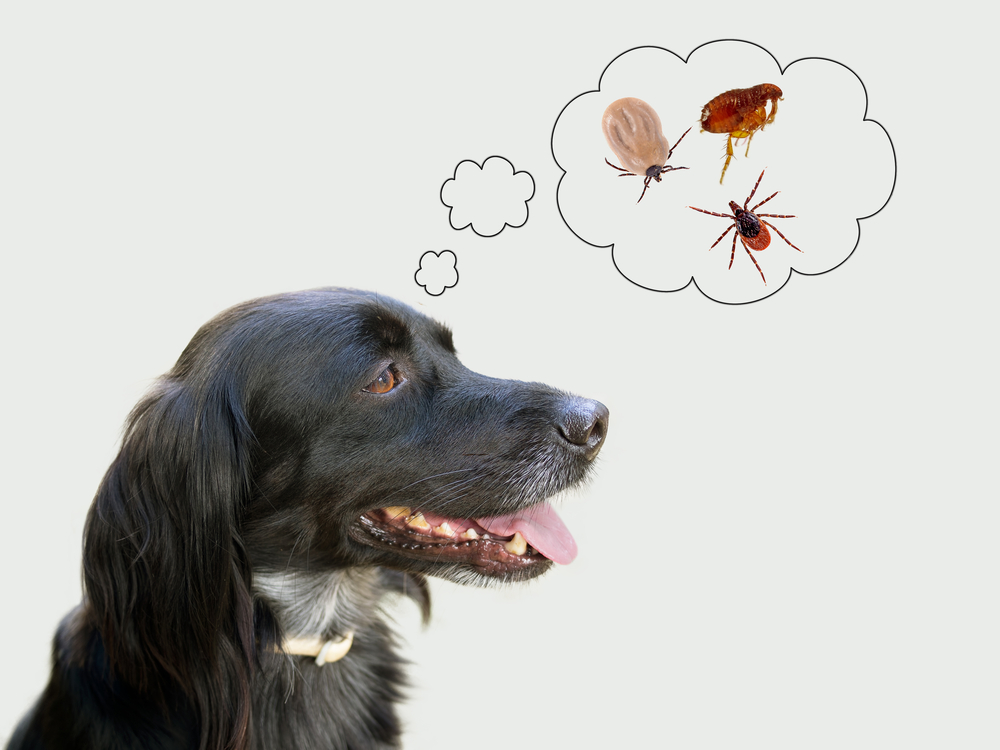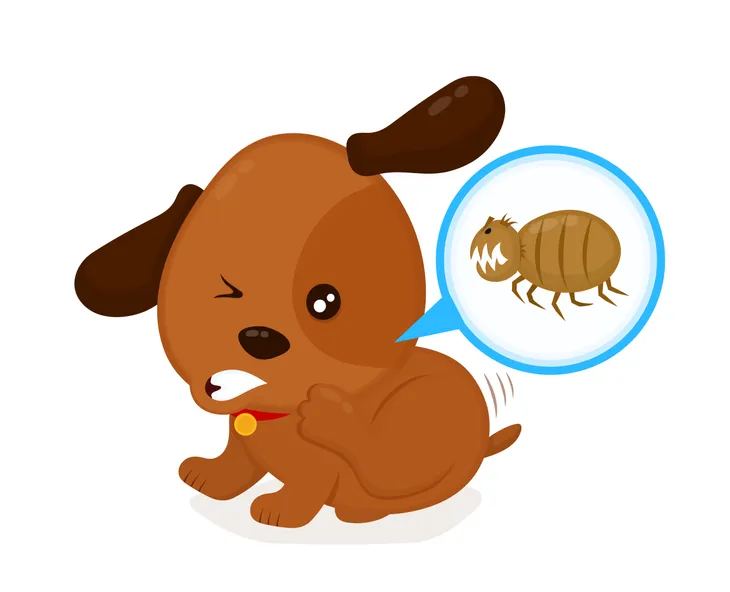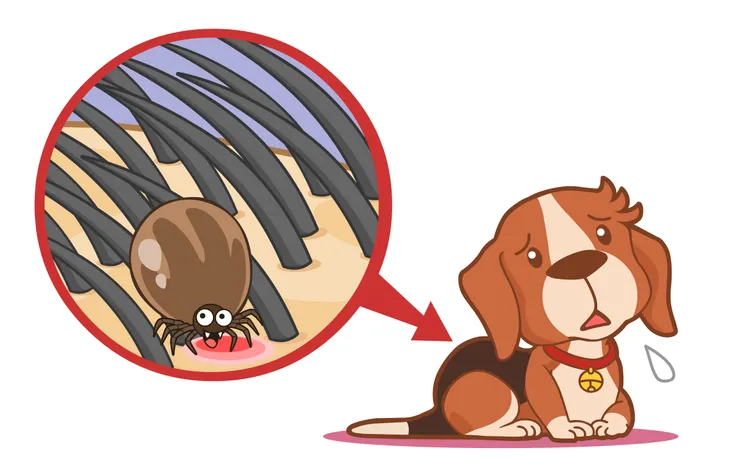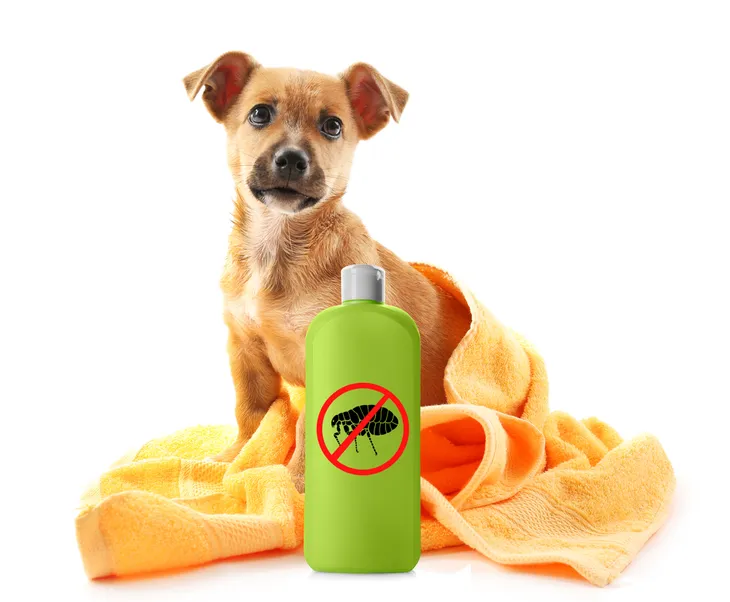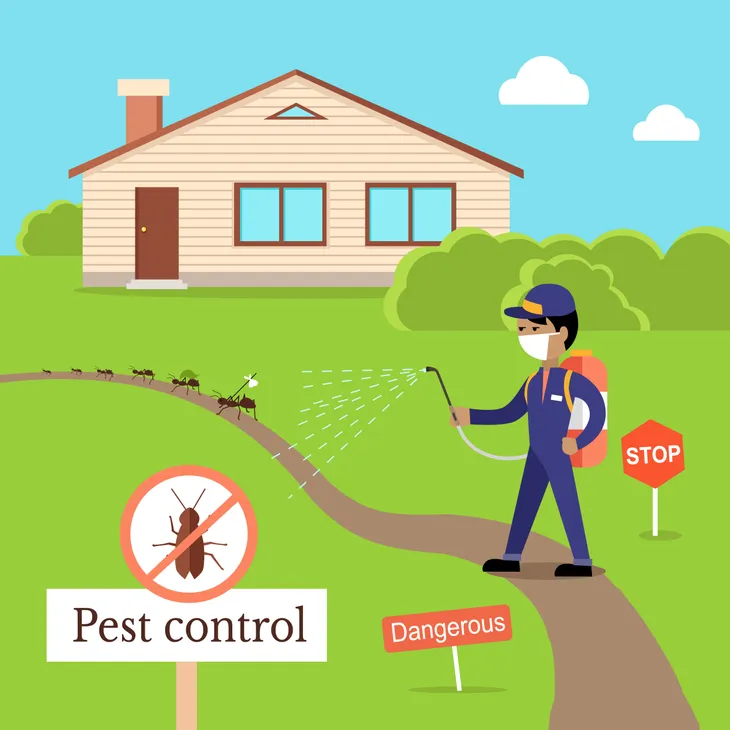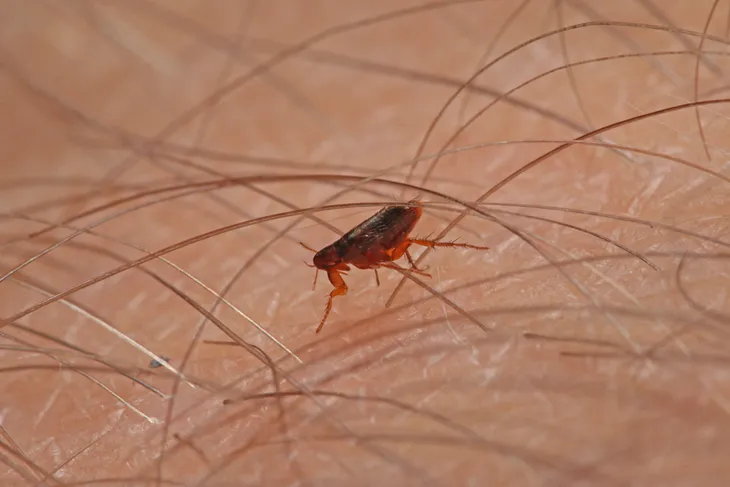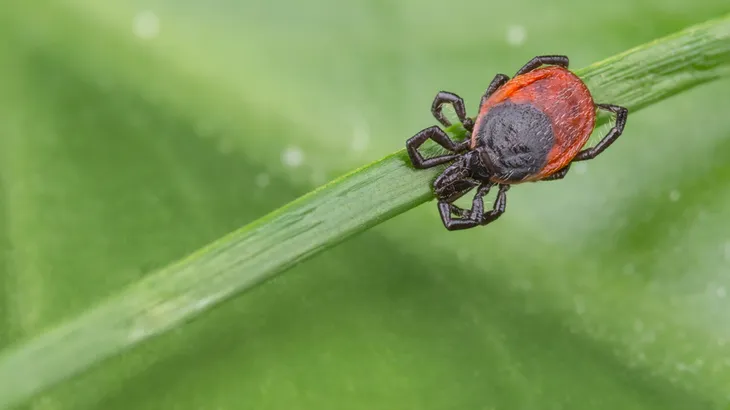Most dog owners take great pride in their pet and many of them, including myself. We treat our animals like family which means we’ll do anything to keep them safe and sound! Their safety becomes particularly important in the summer when dogs are more likely to end up with fleas or ticks. It’s important to know the difference between the two, as they each have different signs, symptoms, and treatment methods.
This article will outline both the similarities and the differences between fleas and ticks, and offer some advice on how to deal with each problem if you are ever so unlucky to come across either one of these pesty parasites.
Similarities
1. They Are Both Parasites
Both fleas and ticks are parasites, meaning they survive by biting your dog and living off the blood. We know, it’s gross. Technically, humans can also get fleas and ticks, which is another reason to deal with the problem as possible to avoid spreading them between each other.
2. Both Transmit Diseases
Both insects can transmit disease and cause other health issues. Fleas are known for transmitting bartonellosis and tapeworms. They are also known for causing anemia. Ticks on the other hand can transmit more serious diseases like Lyme disease and Rocky Mountain spotted fever, a bacterial disease that can be deadly.
The typical hosts of a flea are dogs, cats, possums, coyotes, racoons and foxes. Ticks on the other hand like to set up camp on a lot more animals, including birds, rodents, snakes, lizards, foxes, deer, squirrels, possums, raccoons, cattle, cats, dogs, and even humans!
3. Cause Itchiness
Both insects cause itchy, red bite marks on the skin. It can be hard to tell them apart just from the appearance of the bite marks, though.
4. Similar Treatment
Some common pet treatments can be used to control both fleas and ticks, both as a preventative or reactive measure. Any pet who spends time outdoors — especially in the warmer months of spring and summer — should be treated for fleas and ticks.
Differences
5. Size Difference
Although both insects are quite small, they are noticeably different looking. Ticks are generally larger than fleas, and have a flat, teardrop shape. Both insects are dark colored, but vary from brownish-red to dark black. However, color is not a good way to tell them apart.
Fleas are only about one-eighth of an inch thick with six legs, and are so small you won’t see many of their details unless using a microscope or magnifying glass. They are also a wingless insect, but are able to travel far by jumping. Ticks on the other hand are members of the arachnid family (closely related to spiders) and have eight legs.
6. Home Invasion
Fleas can be brought into the home and cause an infestation, living in furniture and possibly even start to feed on any house guests. When treating a pet for fleas, you should also treat their environment, including bedding, couches, rugs/carpets, pillows, blankets, anything they come in close contact with.
Ticks, on the other hand, don’t generally cause indoor infestations. Although they are acquired in a similar method as fleas (the insects will attach themselves to your pet from grass, bushes, or other plants), but they don’t typically spread to other parts of the house once inside.
7. Life Span
Fleas have a lifespan of about 100 days, and will spend much of their time feeding on your pet and reproducing. Fleas typically remain on a single host once they find one, until they die. As previously mentioned, they are wingless, but can jump very high.
Ticks left on a body for more than 24-hours have a greater chance of passing on disease. They can live anywhere from three weeks to three years, jumping from host to host. They aren’t exclusive to furry animals either, as they can feed on snakes, lizards, and humans, if given the chance.
8. Climate Preference
Fleas prefer mild-to-warmer climates, which is why they are a greater threat in the spring and summer. Ticks, on the other hand, don’t mind a bit of chilly weather. Cesar Way writes that they can even survive in near-freezing temperatures.
9. Who Feeds
Only adults fleas feed on the host, but when it comes to ticks, it’s come one, come all. Ticks of all development stages — larvae, nymphs and adults — will all feed off their host.
10. How Many Eggs They Lay
That’s right, these little parasites lay eggs! Fleas lay eggs on their host. If that thought isn’t scary enough, the eggs are then spread whenever the host goes as they travel along, basically shedding the eggs as they move around.
A flea can lay anywhere from 20 to 40 eggs each day for several weeks, says Cesars Way. “Fleas can start laying eggs soon after feeding. The longer they are on a host, the more eggs produced,” writes the source.
Ticks on the other hand, don’t lay eggs until they fall off their host. “When the female has engorged, she detaches from the host and lays eggs wherever she falls off. The tick then dies,” writes Cesars Way.
Unlike fleas, ticks can lay thousands of eggs at a time. However, once a female lays her eggs, she dies.
11. Ticks are Easier to Spot
Fleas will actively try to hide when you are looking for them, while ticks remain stationary. Ticks will actually embed themselves into the skin while they feed, which can create serious health issues.
You can remove ticks yourself with a pair of tweezers (we also recommend gloves and applying rubbing alcohol to the area first), but we know that not every pet owner is comfortable doing it themselves. If you don’t get the entire tick body out of the skin, your pet could get an infection. When in doubt, take the dog to the vet as soon as possible.
12. Other Things To Know
If you suspect your pet has fleas (or if you’re still unsure), check out our article about how to be sure of a flea infestation and the best ways to combat it.
Regular check-ups with the vet are recommended, as well as a frequent grooming schedule (either at home, or by a professional groomer). Keep the lawn cut short and bushes or trees from being overgrown — both of these things can help reduce the risk of your pet bringing in any unwanted visitors. Using pet friendly pesticides on your lawn will also help. Additionally, it’s advised that you take a quick minute to inspect your pet (and yourself) after playing outside in order to make sure neither of you are bringing any fleas or ticks inside with you.
